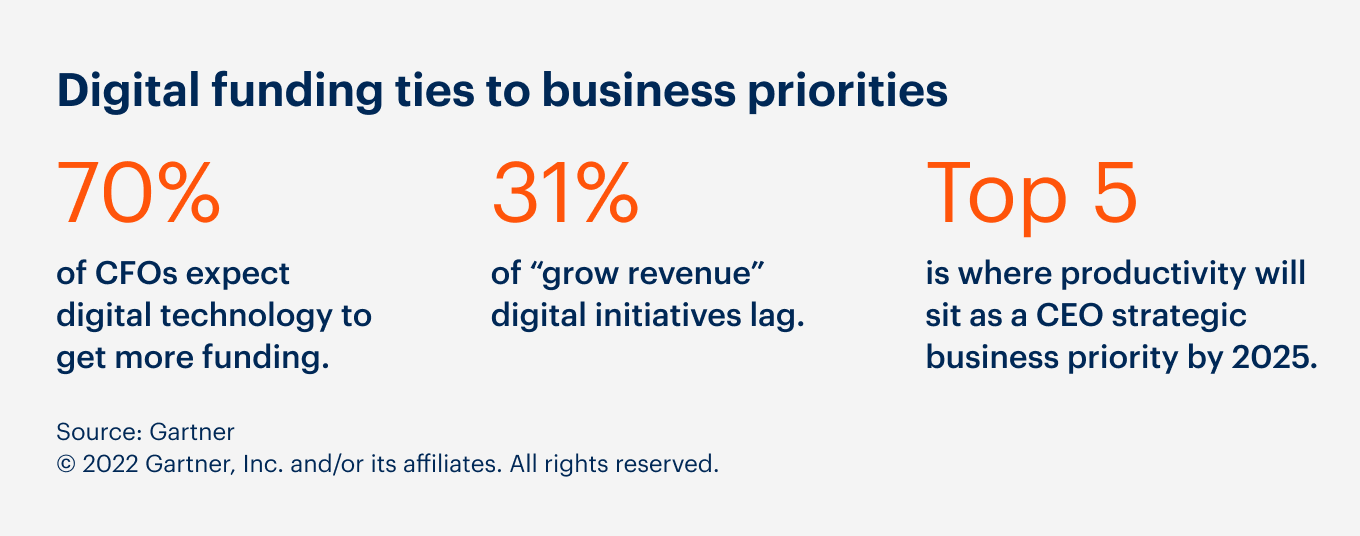Gartner recommends negotiating future price increases below regional inflation rates.
Many vendors operate with margins of 50% or more; make sure to know the root cause of requested price increases.
Worldwide public cloud end-user spending is expected to reach nearly $500 billion in 2022.
Vendor negotiations are challenging even in the most favourable economic conditions, but inflation and economic uncertainty add new complexity. You need to be especially vigilant in managing IT vendors to decipher whether seemingly exorbitant price hikes and excessive renewal costs are fair and in line with economic indicators.
While managing IT costs is an ongoing imperative, certain technologies are especially integral to offensive digital strategy today. For example, public cloud is growing as the primary architecture for modern workloads, and public cloud end-user spending is surging. But cost mistakes often accompany cloud migration and ongoing cloud costs can spiral. Planning a cloud strategy must include decisions about services and providers from the outset.
Clients often tell Gartner they struggle with conflicting messages from vendors, which make it difficult to accurately predict tangible cost savings from the chosen strategy. For example, traditional cloud vendors may continue to push on-premises infrastructure and have modernised their pricing to offer pay-per-use models while cloud providers may make exaggerated cost savings claims about migration.











